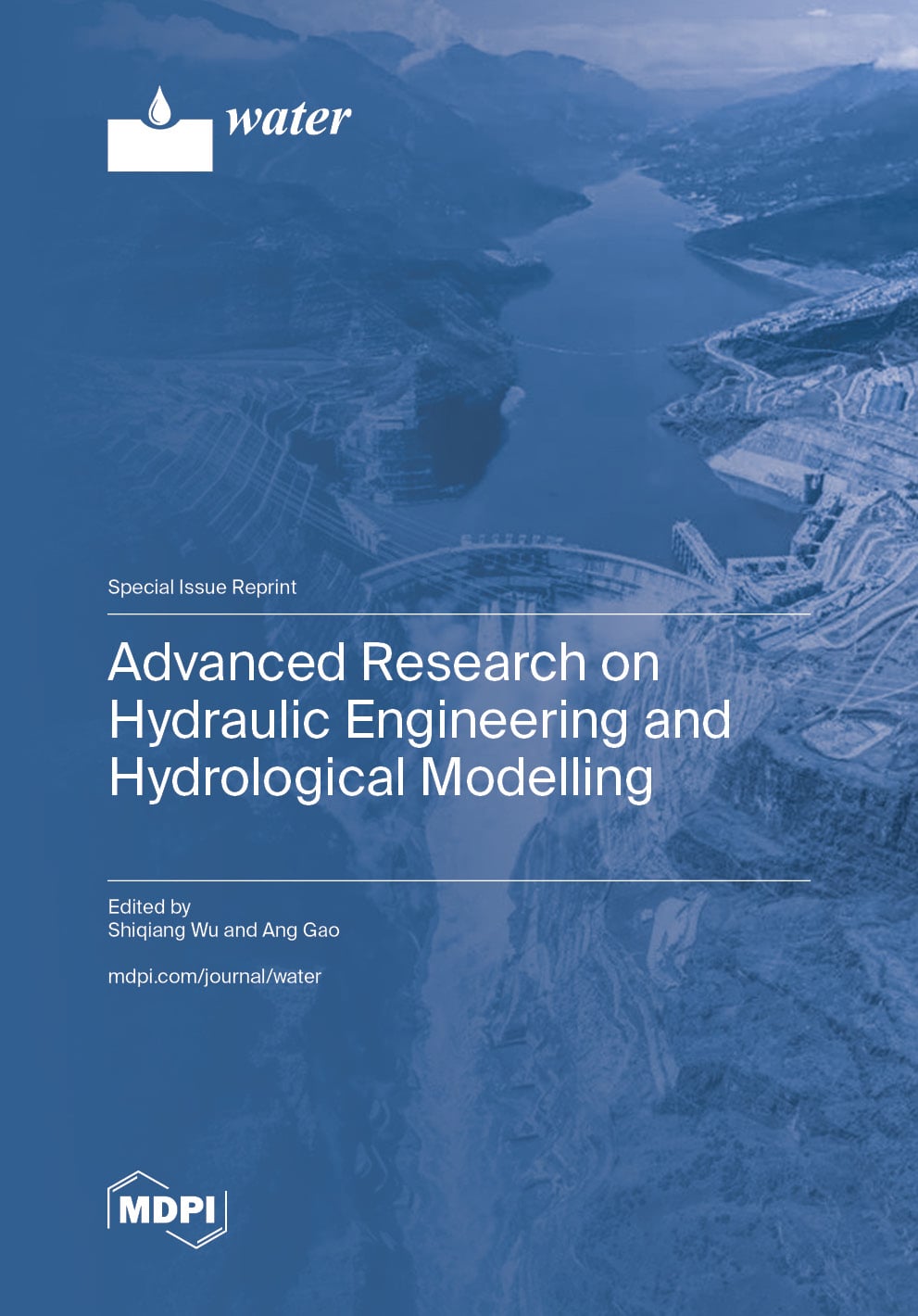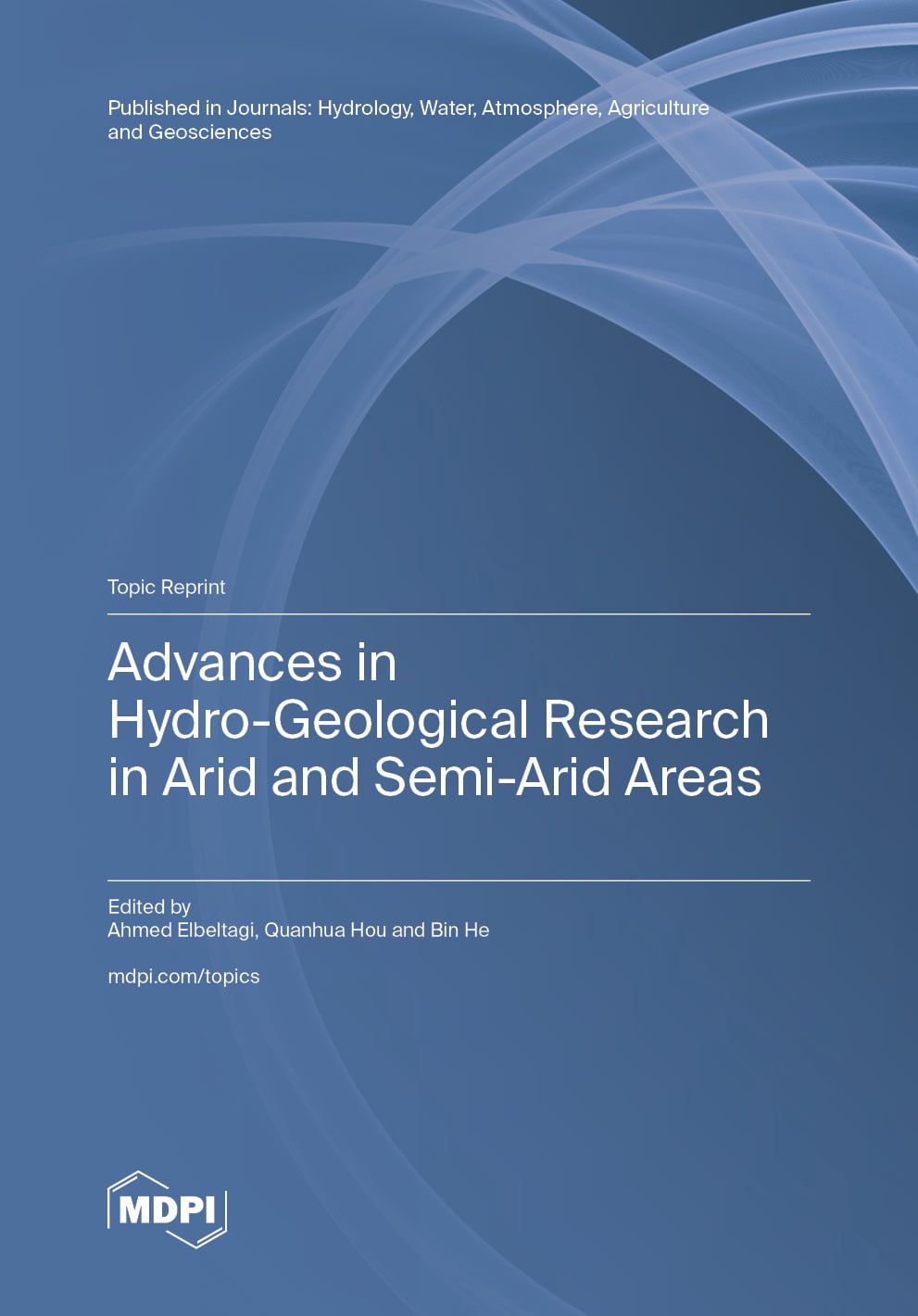- 3.0Impact Factor
- 6.0CiteScore
- 19 daysTime to First Decision
Water
Water is a peer-reviewed, open access journal on water science and technology, including the ecology and management of water resources, published semimonthly online by MDPI.
Water collaborates with the Stockholm International Water Institute (SIWI). In addition, the American Institute of Hydrology (AIH), Polish Limnological Society (PLS) and Japanese Society of Physical Hydrology (JSPH) are affiliated with Water and their members receive a discount on the article processing charges.
Quartile Ranking JCR - Q2 (Water Resources)
All Articles
News & Conferences
Issues
Open for Submission
Editor's Choice
Reprints of Collections

Reprint
Advanced Research on Hydraulic Engineering and Hydrological Modelling
Editors: Shiqiang Wu, Ang Gao

Reprint
Advances in Hydro-Geological Research in Arid and Semi-Arid Areas
Editors: Ahmed Elbeltagi, Quanhua Hou, Bin He




